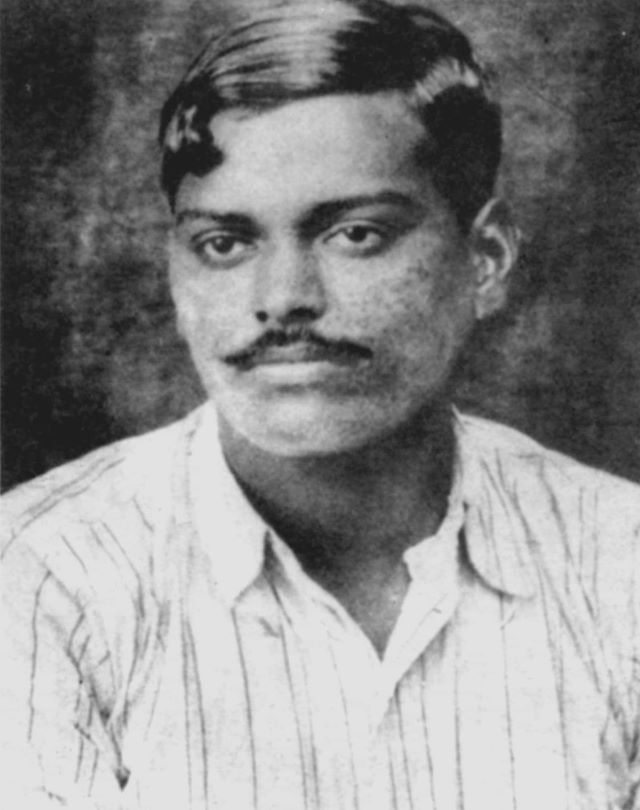‘Chandrashekhar Azad’s’ Life Story
Chandrashekhar Azad’s Jayanti was honoured by Prime Minister Narendra Modi with a tribute.
Chandrashekhar Tiwari, a Brahmin family from the princely state of Alirajpur, was the name given to Chandrashekhar Azad when he was born on July 23, 1906, in Bhabhra Village. He was greatly motivated by the 1919 Jallianwala Bagh massacre, which inspired him to take up arms for India’s independence.
His ancestors originated in Uttar Pradesh’s Badarka village in the Unnao district. Jagrani Devi, Sitaram Tiwari’s wife, wanted her son to become a brilliant scholar of Sanskrit, so she sent him to Kashi Vidyapeeth in Benares to study.

He joined the Non-Cooperation Movement in 1921, when it was at its height, when he was just a 15-year-old student. As a result, he was detained on December 20.
When he was brought before the magistrate, Justice M.P. Khareghat, he was given the name “Azad,” his father’s name was “Swatantra,” and his place of residence was “Jail.” He received 15 lashes as punishment.
Ram Prasad Bismil founded the Hindustan Socialist Republic Association (HSRA) in 1928, and Chandrashekhar Azad joined and actively participated in it. He also began to raise money for HSRA. He promoted armed resistance as a strategy for removing the British from power.
On August 9, 1925, he participated in the Kakori Train Robbery in Lukhnow, which was carried out to raise money for the HSRA and other revolutionary endeavours. This increased British efforts to apprehend Azad and HSRA by bringing them into the public eye.
In order to avenge the death of Lala Lajpat Rai, he took part in the shooting of John P. Saunders in Lahore in 1928. In 1929, he again made an attempt to detonate a bomb on the Viceroy of India’s train.
For a while, Azad utilised Jhansi as the centre of his organisation. He educated other members of his group in shooting techniques while practising in the forest of Orchcha, which is 15 miles from Jhansi.

